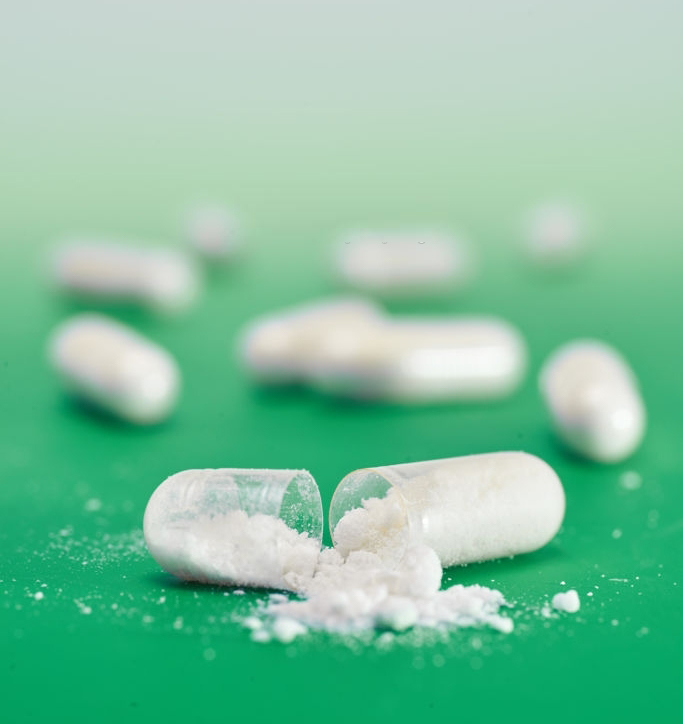“Natural is the best”, this is the principle that I have always adhered to, and now it is increasingly recognized by the nutritional sciences, the medical profession and ordinary people. Rather than go to great lengths to choose some “half-dead or dead” probiotic products, it’s better to enjoy whole foods that contain probiotics and prebiotics. probioticseverything.com
probiotics a clinical guide
probiotics a clinical guide
There are so many probiotic products on the market today that buyers are often overwhelmed. In fact, probiotics are everywhere. It can be said that probiotics are inseparable partners in our daily life. We often contact and supplement probiotics, intentionally or unintentionally, but we usually supplement with a single type of probiotics without realizing it. For example, kimchi, which we call “appetizer”, is “appetizer” because it is rich in lactic acid bacteria; yogurt
It is also highly recommended by relevant experts as a health care product because of its rich lactic acid bacteria; the reason why vinegar has the functions of softening blood vessels, beautifying the face, and lowering blood lipids is mainly due to the acetic acid bacillus among them, and so on. We supplement the body with yeast by eating yeast flakes to help
Digestion; we use yeast when we make the flour for steamed buns and buns; we make liquor, beer, and tempeh, all of which rely on the help of probiotics. probioticseverything.com
probiotics a clinical guide
probiotics a clinical guide
¨Natural is the best”, this is the principle I have always adhered to, and now it is increasingly recognized by the nutritional sciences, the medical profession and ordinary people. Rather than go to great lengths to choose some “half-dead or dead” probiotic products, Better to enjoy whole foods that contain probiotics and prebiotics. Let’s first look at natural foods that contain probiotics. probioticseverything.com
probiotics a clinical guide
Yogurt: Yogurt, or cheese, is a fermented dairy product with a long history. It uses milk as the main raw material, adds active lactic acid bacteria, and is refined through fermentation. Yogurt is tastier and better digested than milk. What’s more, fermented yogurt enhances the nutritional value of milk. That is to say, the protein, fat, carbohydrate and calcium in yogurt are absorbed more efficiently and have more nutritional value. probioticseverything.com
probiotics a clinical guide
digestion and absorption of protein
During the fermentation process of milk, a part of the protein is decomposed into peptides and amino acids, and the protein is coagulated by the lactic acid formed during the fermentation process, and as a result, the digestive enzymes are easy to function. Some people have done experiments, put milk and yogurt into test tubes, add digestive enzymes, and calculate the time to digest 30% of the protein. The result is that it takes 6 hours to digest the protein in milk, and only 3 for the protein in yogurt. Hour. That is to say, the protein absorption efficiency in yogurt is twice as high as that in milk. probioticseverything.com
probiotics a clinical guide
probiotics a clinical guide
Digestion and absorption of calcium
Scientific research has confirmed that a weakly acidic environment is conducive to the absorption of calcium. Due to the action of yogurt and probiotics in the gut, the environment in the gut has become a weakly acidic environment. The absorption efficiency of calcium in yogurt is as high as 40%, which is almost twice that of fresh milk. probioticseverything.com
probiotics a clinical guide
probiotics a clinical guide







